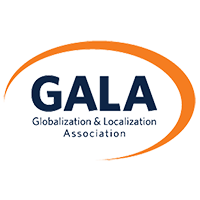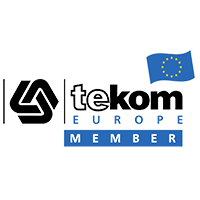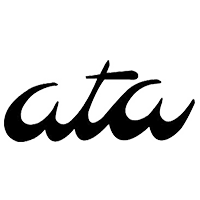Is Wearable Translation Tech the Way of the Future?
The number of connected wearable devices worldwide will reach 929 million by 2021 – could wearable translators be a key part of that growth?
There have been some fascinating developments in the application of machine translation and language interpretation to the wearables market, with considerable progress being made toward the ultimate goal of wearable technology that can perform accurate translations discreetly and in real time. Here’s a short roundup of some of the systems that show the most promise:
- Fujitsu’s newest translation device has been specifically designed to allow people like first responders and policemen to communicate when their hands are occupied, and the technology is flexible enough to be adapted to the tourism and public services markets.
- Similar in look and function to a hearing aid, Waverly Labs’ Pilot uses automatic speech recognition, machine translation, and speech synthesis to instantly translate speech using paired devices, allowing a user to have an “almost fluid” conversation with anyone speaking another language.
- Google’s Pixel Buds use a Bluetooth connection to team with its Pixel handset in order to offer real-time translation in over 40 languages via the Google Translate app. Just ask Google Assistant to help you speak in another language, and your words are translated as you speak them.
- Designed specifically for travelers, Logbar’s Ili uses voice-activation without the need for an internet connection. It can repeat phrases back to a user in the language of their choice in as little as 0.2 seconds. The Ili focuses on travel-friendly phrases and could prove extremely useful to the tourist demographic.
- For something really outside the box, SignAloud’s award winning gloves are designed to translate American Sign Language into text and speech using sensors that analyze hand position and movement.
Wearable devices are poised to have their most immediate impact on the tourism industry, but the general consensus is that there is still a way to go before wearables can translate speech with the kind of accuracy and immediacy needed for high-level business meetings or medical emergencies. The technology is still in relative infancy, and complexities like cultural nuances will have to be dealt with before any device can compete with a native language speaker in terms of accuracy.
At Argos, we’ve been at the forefront of translation technology since our founding in 1996, and we’ve always made sure that the translation technologies we create and adopt make life easier for translators as well as clients. We anticipate a leadership role in the wearable translation movement, and we believe that our expertise, innovative mindset, and talented personnel will play a key role in making the technology viable. Visit us to see why we’re confident in our ability to impact the future of translation technology – whatever it may be.
Want to know more?
- Translation technology
- Coffee break: Talking translations and technology




